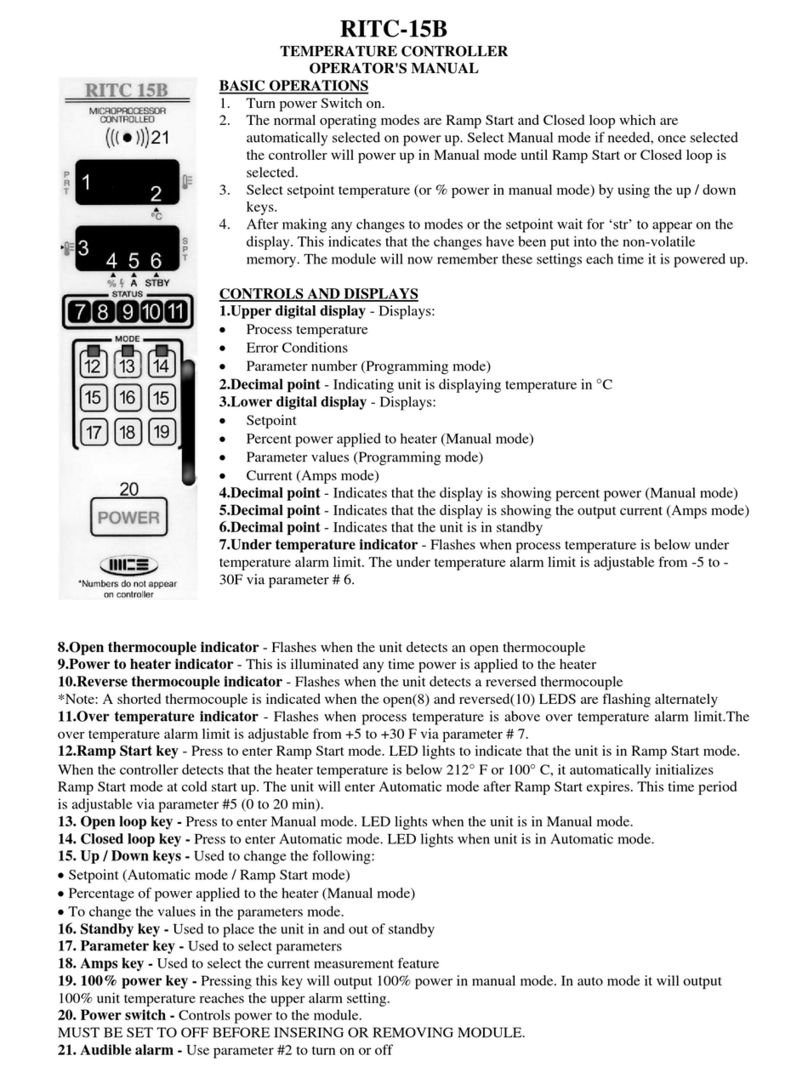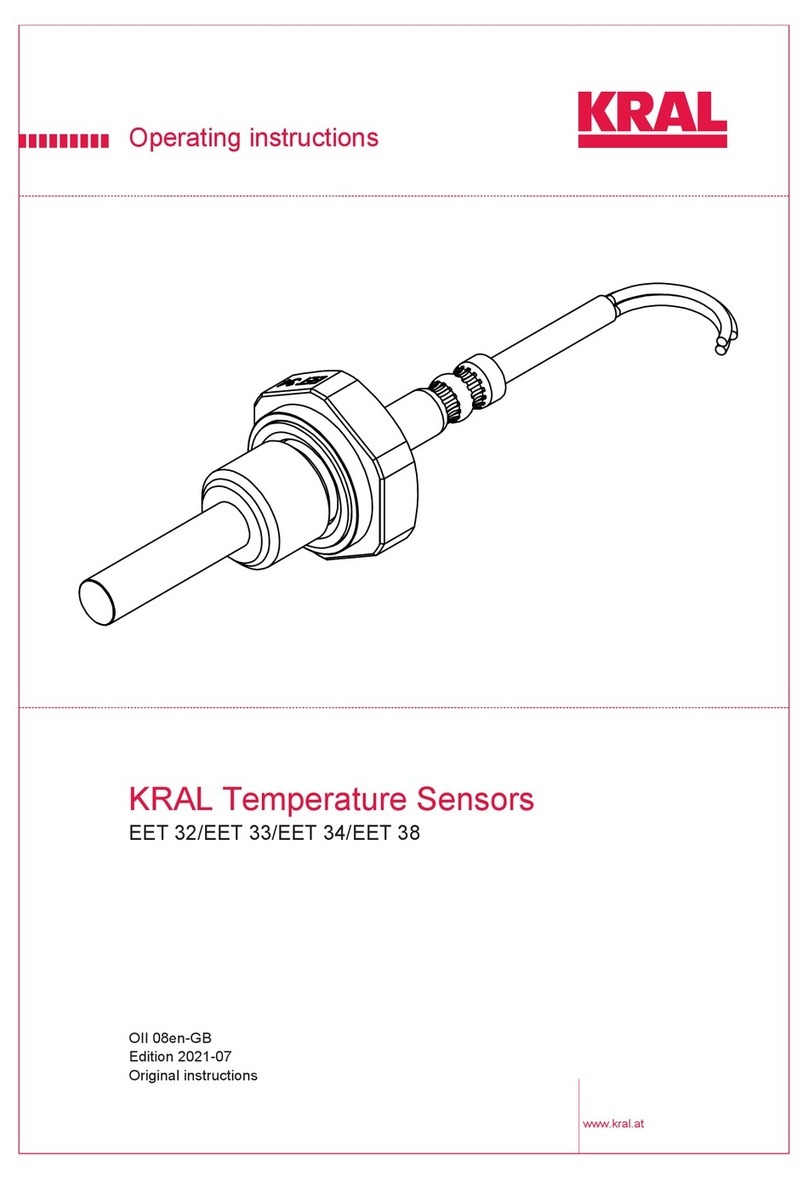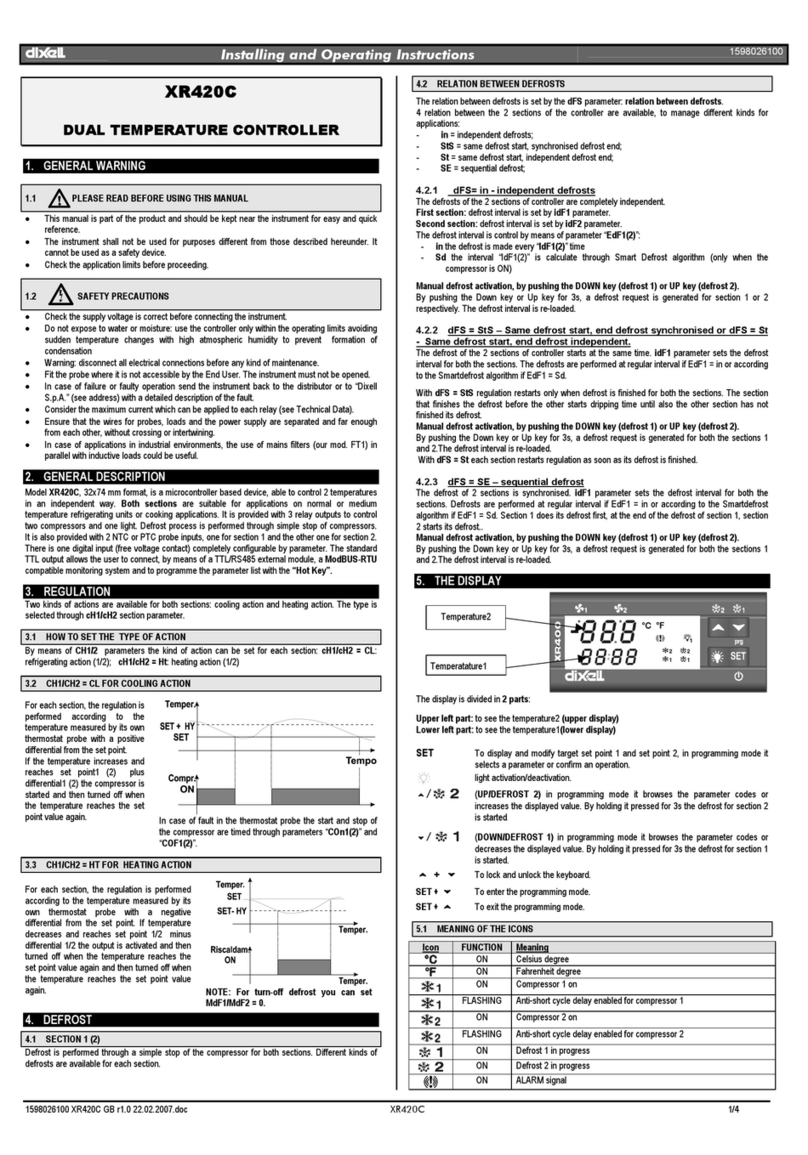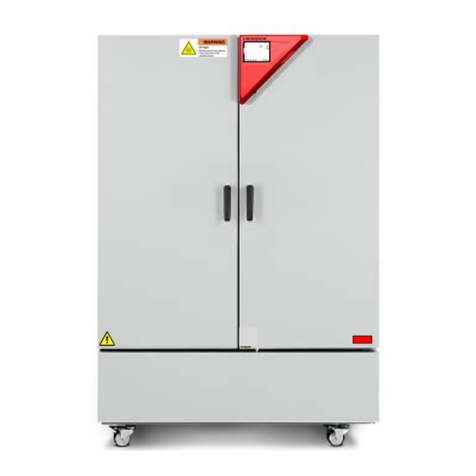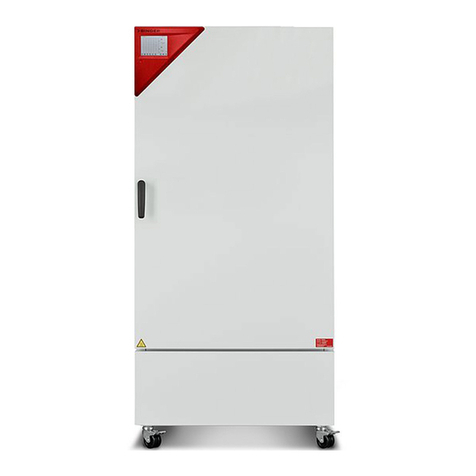
MKF + MKFT (E3.1) 04/2013 page 9/105
CONTENTS
EC – Declaration of Conformity MKF (E3.1) .................................................................................................2
EC – Declaration of Conformity MKFT (E3.1)...............................................................................................5
Product registration .......................................................................................................................................8
1. SAFETY................................................................................................................ 12
1.1 Legal considerations .........................................................................................................................12
1.2 Structure of the safety instructions....................................................................................................12
1.2.1 Signal word panel ...................................................................................................................12
1.2.2 Safety alert symbol .................................................................................................................13
1.2.3 Pictograms..............................................................................................................................13
1.2.4 Word message panel structure...............................................................................................14
1.3 Localization / position of safety labels on the unit.............................................................................14
1.4 Type plate .........................................................................................................................................15
1.5 General safety instructions on installing and operating the environmental simulation chamber MKF /
MKFT.................................................................................................................................................16
1.6 Intended use .....................................................................................................................................17
1.7 Resistance of the humidity sensor against harmful substances.......................................................18
2. UNIT DESCRIPTION ............................................................................................ 19
2.1 Unit overview.....................................................................................................................................20
2.2 Lateral control panel..........................................................................................................................21
2.3 Instrument panel ...............................................................................................................................22
2.4 Rear power switch.............................................................................................................................22
3. COMPLETENESS OF DELIVERY, TRANSPORTATION, STORAGE, AND
INSTALLATION.................................................................................................... 23
3.1 Unpacking, and checking equipment and completeness of delivery................................................23
3.2 Guidelines for safe lifting and transportation.....................................................................................24
3.3 Storage..............................................................................................................................................24
3.4 Location of installation and ambient conditions ................................................................................25
4. INSTALLATION AND CONNECTIONS ............................................................... 27
4.1 Wastewater connection for humidifying system................................................................................28
4.2 Freshwater supply for humidifying system........................................................................................28
4.2.1 Automatic fresh water supply for humidifying system via water pipe .....................................29
4.2.2 Manual fresh water supply for humidifying system via internal freshwater can......................29
4.2.3 Water circle: lever for condensate recycling (option)..............................................................30
4.3 Connection of cooling water outlet for water cooling (option)...........................................................31
4.4 Connection of cooling water inlet for water cooling (option) .............................................................31
4.5 Connection kit for connecting the unit’s freshwater connection to a water pipe...............................32
4.6 Safety kit: Hose burst protection device with reflux protection device for the unit’s freshwater
connection (available via BINDER INDIVIDUAL customized solutions)...........................................33
4.7 Electrical connection .........................................................................................................................34
5. START UP............................................................................................................ 35
5.1 Function overview of display program controller MB1......................................................................35
5.2 Operating modes...............................................................................................................................36
5.3 Behavior after power failure ..............................................................................................................36
5.4 Behavior when opening the door ......................................................................................................36
5.5 Turning on the unit ............................................................................................................................37
6. CONTROLLER MB1 SETTINGS.......................................................................... 38
6.1 Selection of the menu language .......................................................................................................38
6.2 Function overview program controller MB1 ......................................................................................39



